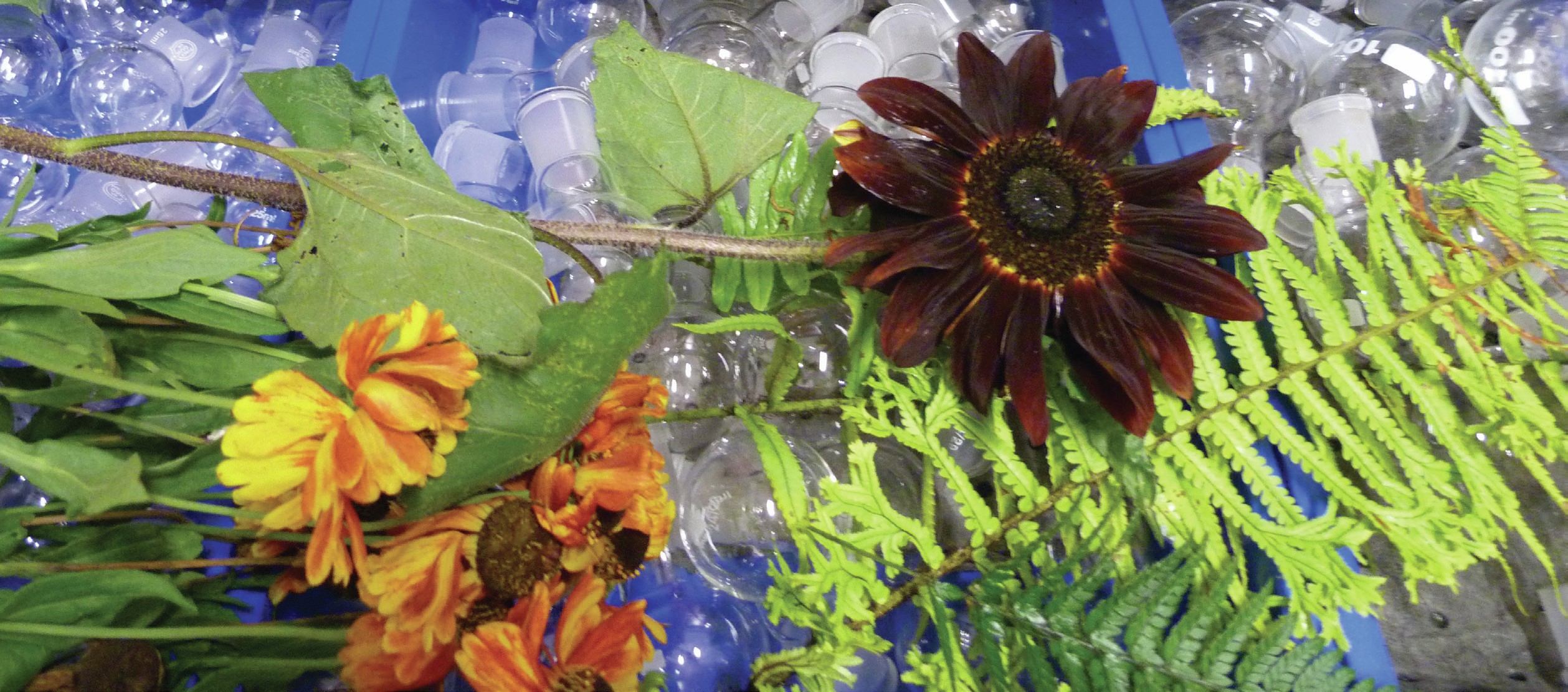
Most plants become poisoned and die if they grow on land that has been contaminated by toxic elements (e.g. arsenic, cadmium, zinc, manganese, cobalt, nickel, copper, molybdenum, selenium). However, some show a much higher tolerance and not only continue to thrive but also store some of these elements in their stems and leaves, a process called hyperaccumulation. This may have evolved as a defence mechanism to put off herbivores or to avoid competition by other plants, but it can also be useful to humans.
The Chinese ladder brake (Pteris vittata), a type of fern, and sneezeweed (Helenium) have been found to hyperaccumulate arsenic when they are grown on contaminated industrial sites, while sunflowers have been planted recently around Fukushima to help clean radioactive elements from the soil. It is hoped that these plants will eventually be harvested and removed, thereby helping to clean up areas where nothing else will grow. This process is called phytoremediation.
Your organisation does not have access to this article.
Sign up today to give your students the edge they need to achieve their best grades with subject expertise
Subscribe




